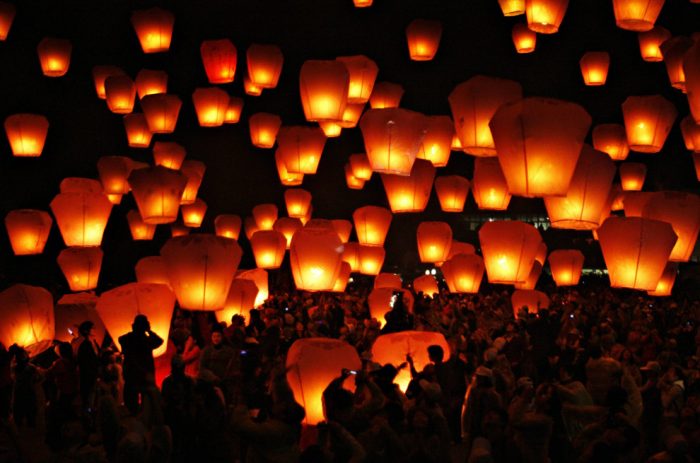A Beautiful Lantern Festival
Robert Wang | On 07, May 2018
The fifteenth day of the lunar month is the Lantern Festival. It is also called Shangyuan Festival, and Yuanye. According to legend, Han Wendi (formerly 179-157 years ago) to celebrate Zhou Bo on the 15th of the first month of the Pingyue Ping Lu, every night will be out of the palace to play. With the people in the ancient night in the same month, also known as the first month In January, Han Wendi defined the first lunar month as the Lantern Festival. This night was called Yuanxiao. Sima Qian created the “Taichu Calendar” and listed the Lantern Festival as a major festival. Since the Sui Dynasty, the Tang Dynasty, and the Song Dynasty, it has been extremely popular. “The Jishu Musical” Day:” Whenever the first month, all nations come to the DPRK and stay on the fifteenth day outside the gates of the country to build a country, and we must play in the theater for eight miles.” There are tens of thousands of dancers participating in the dance. As the society and times have changed, the customs and habits of the Lantern Festival have long since changed, but it is still a traditional Chinese folk festival.
The Lantern Festival or the Spring Lantern Festival is a Chinese festival celebrated on the fifteenth day of the first month in the lunisolar Chinese calendar. Usually falling in February or early March on the Gregorian calendar, it marks the final day of the traditional Chinese New Year celebrations. As early as the Western Han Dynasty (206 BCE-CE 25), it had become a festival with great significance. During the Lantern Festival, children go out at night to temples carrying paper lanterns and solve riddles on the lanterns.
In ancient times, the lanterns were fairly simple, and only the emperor and noblemen had large ornate ones. In modern times, lanterns have been embellished with many complex designs. For example, lanterns are now often made in the shape of animals. The lanterns can symbolize the people letting go of their past selves and getting new ones, which they will let go of the next year. The lanterns are almost always red to symbolize good fortune.
The festival acts as an Uposatha day on the Chinese calendar. In Hong Kong, Taiwan, and among Chinese communities in South East Asia, it has become identified as the Chinese equivalent of Valentine’s Day. It should not to be confused with the Mid-Autumn Festival; which is sometimes also known as the “Lantern Festival” in locations such as Singapore and Malaysia. The Lantern Festival has also become popular in Western countries, especially in cities with a large Chinese community. In London, the Magical Lantern Festival is held annually.


Submit a Comment